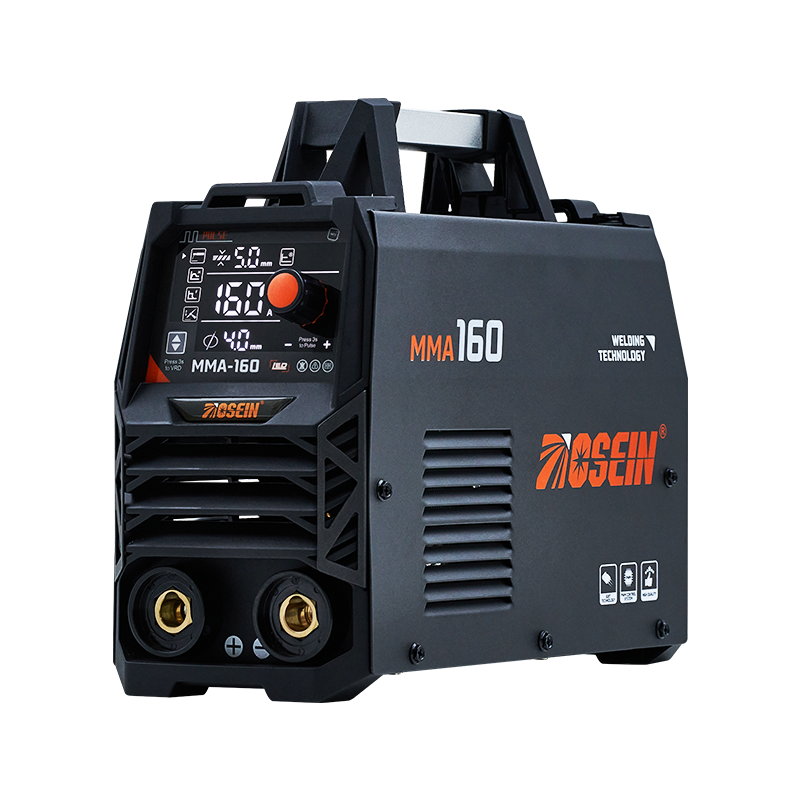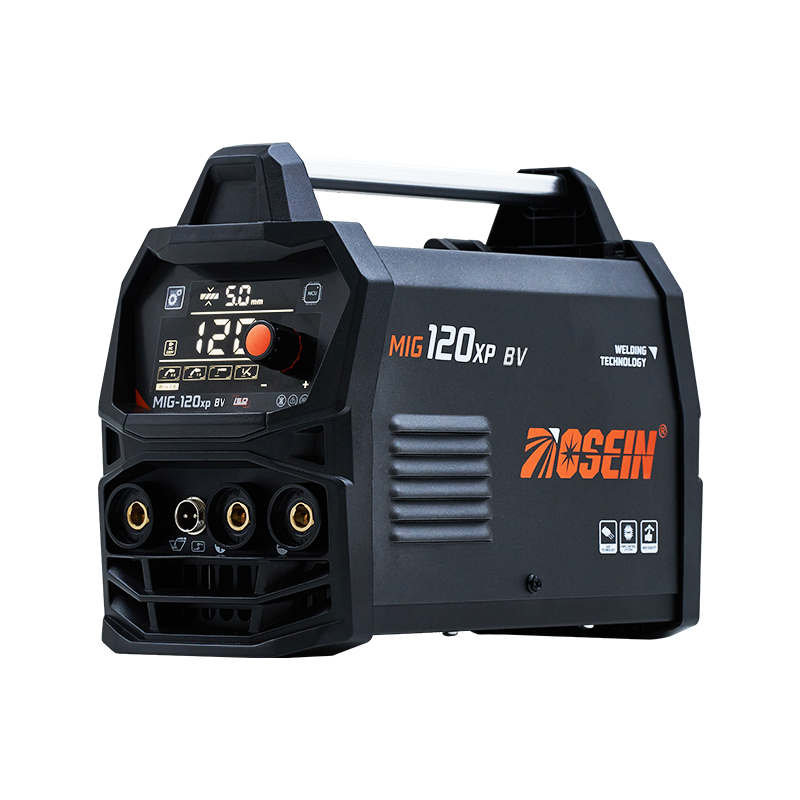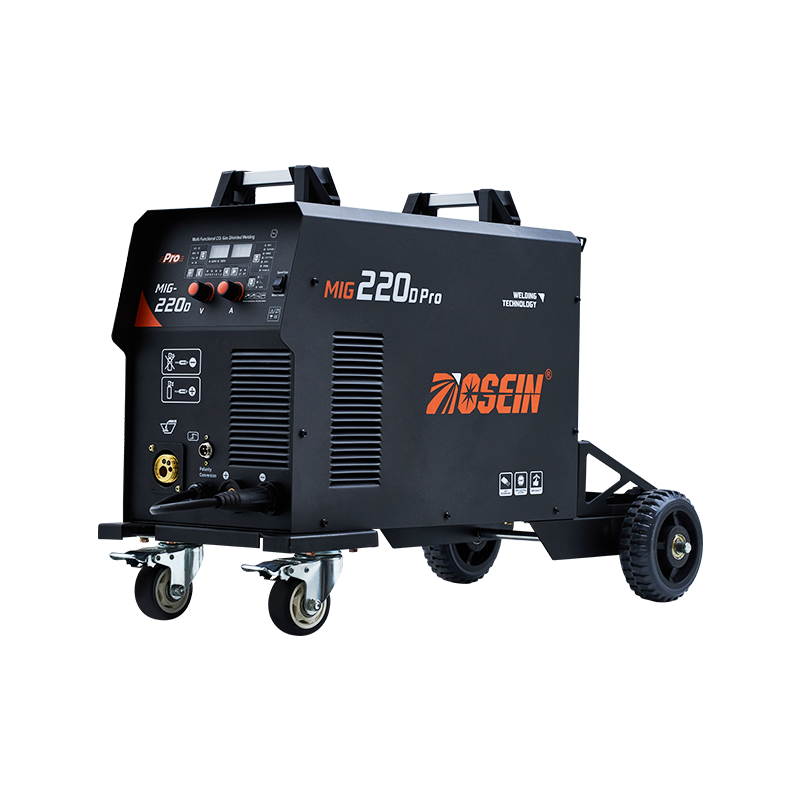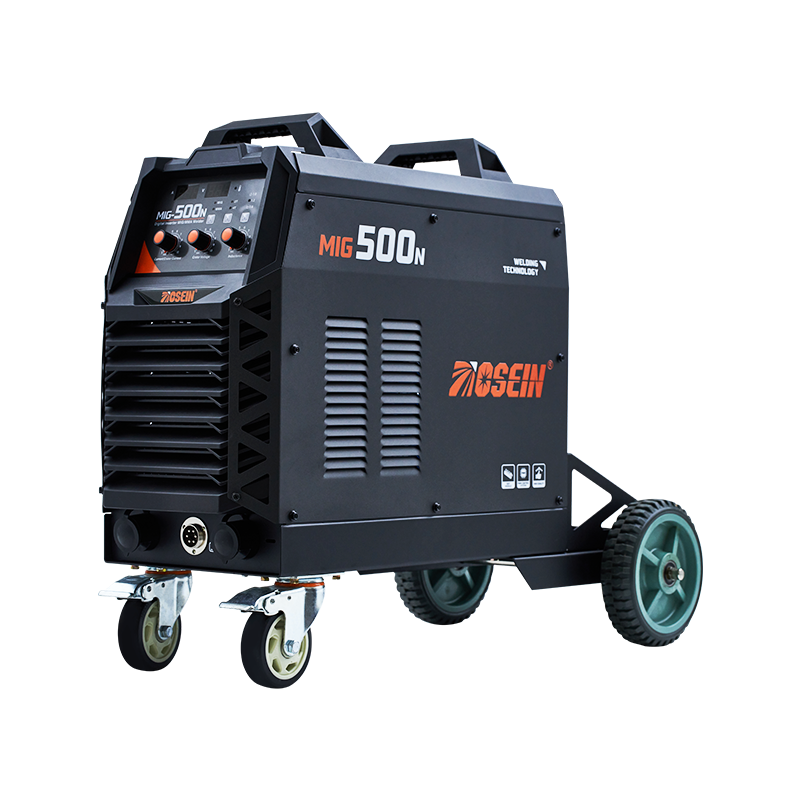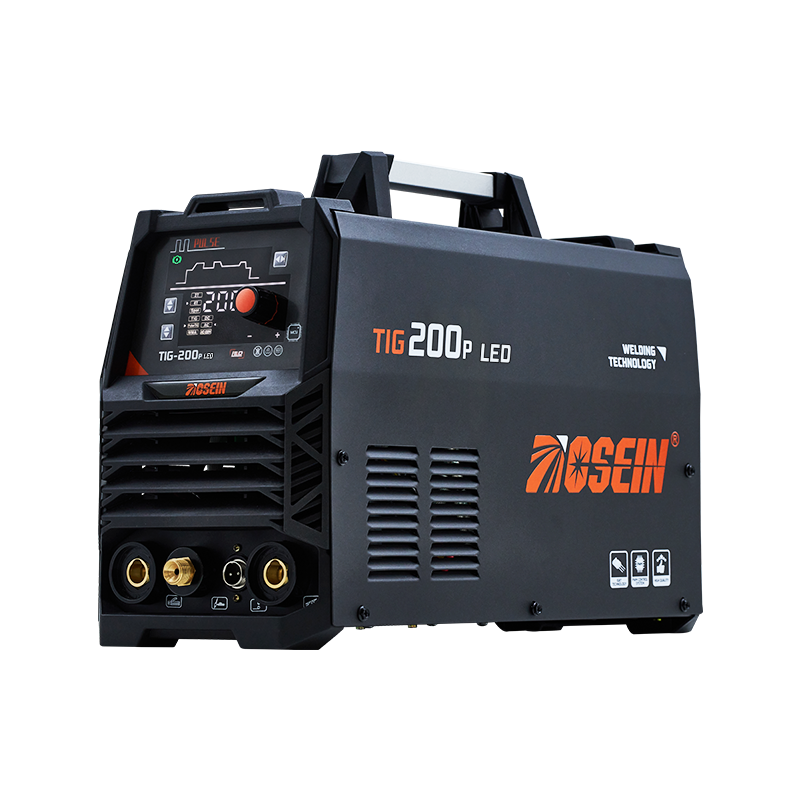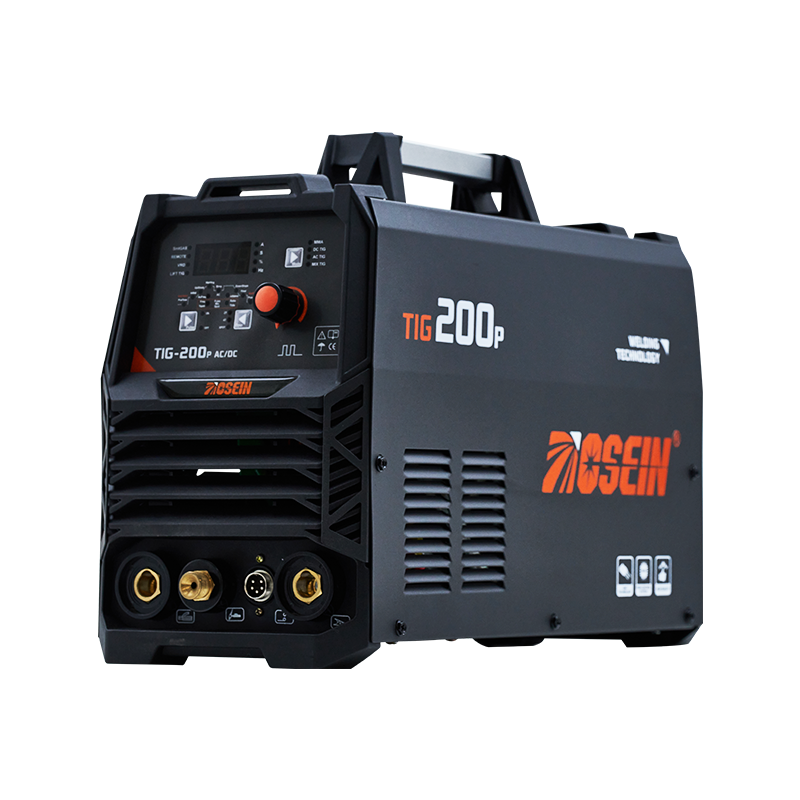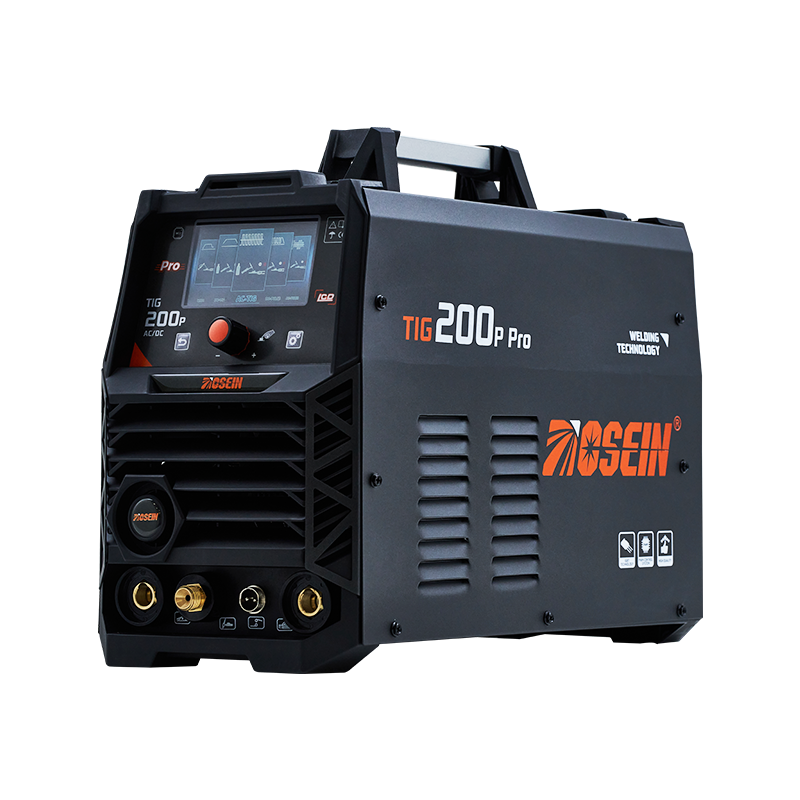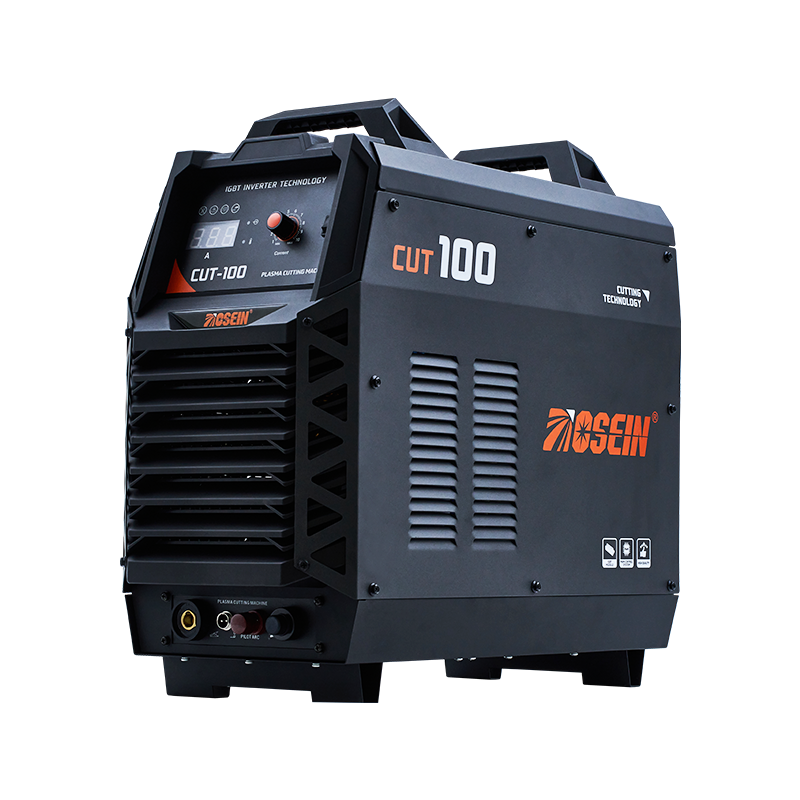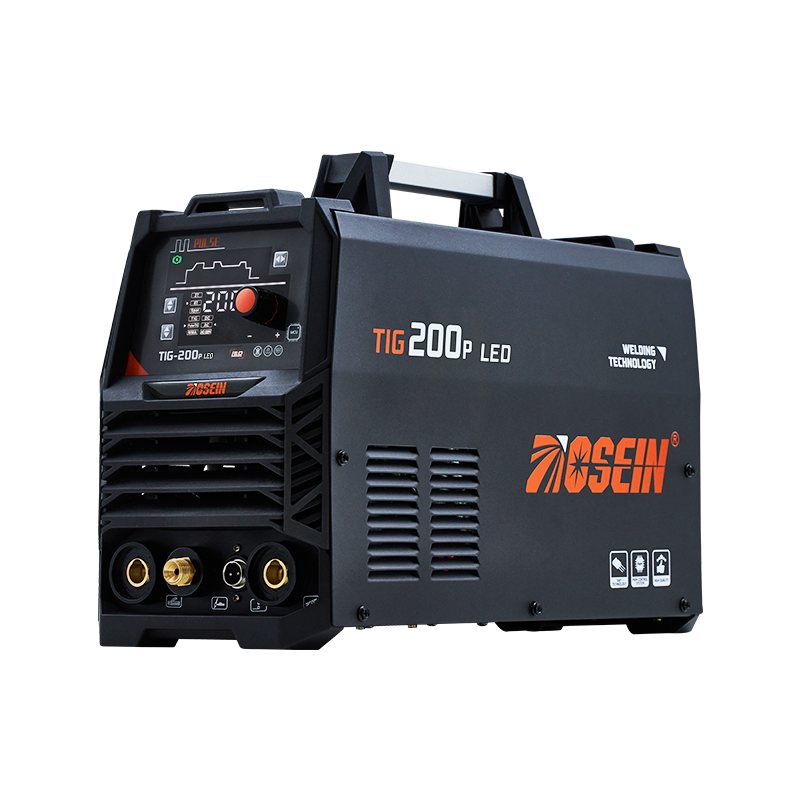
In modern fabrication and repair work, having a single machine capable of handling multiple welding processes can save time, space, and cost. Understanding when and why this versatility is beneficial helps welders and workshop managers select the right equipment for their needs.
Understanding Multi-Function Welders
A multi-function welding machine combines the capabilities of different welding methods into one unit. For instance, an AC TIG MIG Welder can handle both TIG and MIG welding processes with alternating current. This allows users to switch between methods depending on the material and joint type. Similarly, an AC DC MIG Welder can operate with both alternating current (AC) and direct current (DC), which is useful when working with metals like aluminum, stainless steel, and mild steel.
The AC DC MIG TIG Welder takes versatility further by integrating MIG, TIG, and sometimes stick welding into a single machine. This enables operators to complete a variety of tasks without needing multiple separate machines.
Applications That Benefit from Multi-Function Machines
Certain applications demand the adaptability offered by these machines. For example:
- Automotive Fabrication: Body panels often require MIG welding for speed and TIG welding for precision on thinner materials. An AC TIG MIG Welder allows technicians to switch processes efficiently.
- Metal Art and Custom Projects: Artists working with aluminum or stainless steel benefit from an AC DC MIG Welder, which provides control and clean welds across different metals.
- Maintenance and Repair Work: Facilities that handle diverse equipment find an AC DC MIG TIG Welder valuable because it can tackle a wide range of repair tasks, from structural components to delicate assemblies.
In each case, the ability to switch between welding methods reduces the need to purchase and store multiple machines, while ensuring the correct process is available for each job.
Advantages of Using Multi-Function Machines
The key benefits of multi-function welding machines include:
- Space Efficiency: Instead of housing several individual welders, one machine covers multiple processes.
- Cost Savings: Investing in one versatile machine can be more economical than buying separate TIG, MIG, and stick welders.
- Improved Workflow: Operators can adjust settings quickly to handle different metals and thicknesses, reducing setup time between tasks.
- Adaptability: Multi-function machines are useful in workshops with varying projects, allowing teams to respond to new tasks without equipment limitations.
Even experienced welders appreciate the flexibility that comes from having both AC and DC options in a single unit, as it ensures compatibility with a broader range of materials and electrodes.
Considerations When Choosing a Machine
When selecting a multi-function welder, consider the following:
- Material Compatibility: Ensure the machine supports the metals you work with frequently.
- Power Supply: AC and DC capabilities can affect the choice depending on your workshop's electricity setup.
- Portability: Some multi-function welders are compact and portable, while others are better suited for fixed workshop locations.
- Duty Cycle and Output: Check the machine's specifications to confirm it can handle the workload of your typical projects.
Balancing versatility with practical needs ensures that the machine serves both current and future requirements.
Applications that involve diverse materials, varied welding techniques, or mixed workloads benefit from multi-function machines like the AC TIG MIG Welder, AC DC MIG Welder, and AC DC MIG TIG Welder. From automotive fabrication to maintenance and custom metal projects, these machines provide adaptability, efficiency, and cost savings in a single unit. By understanding the advantages and assessing workshop requirements, users can select a machine that enhances productivity while supporting a wide range of tasks.
